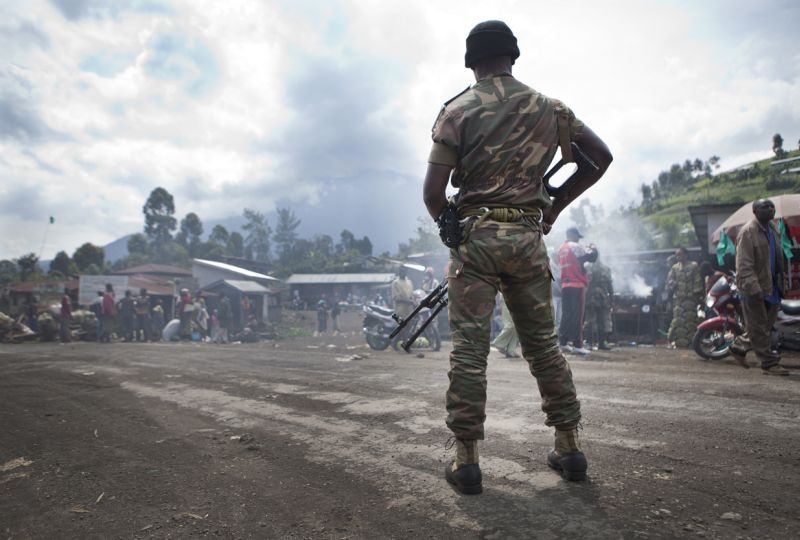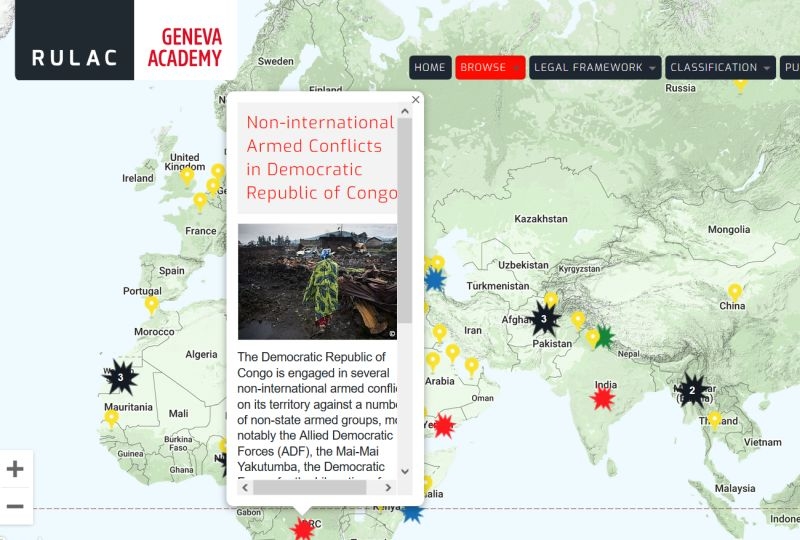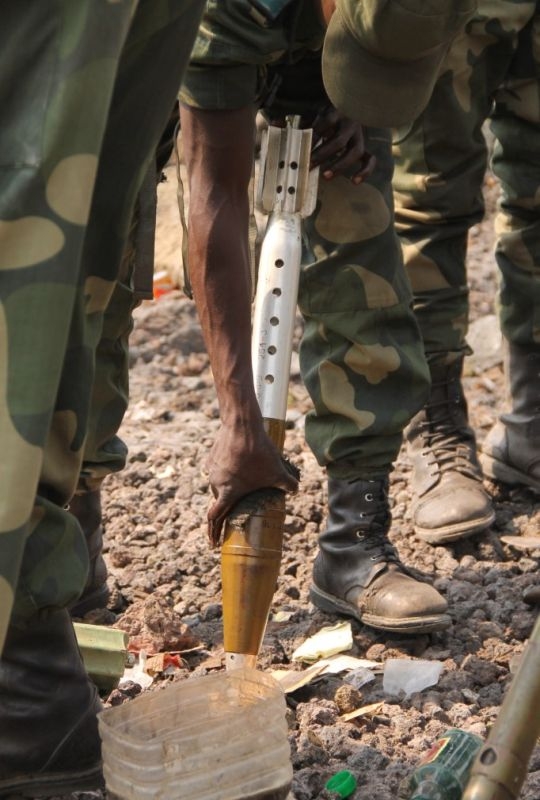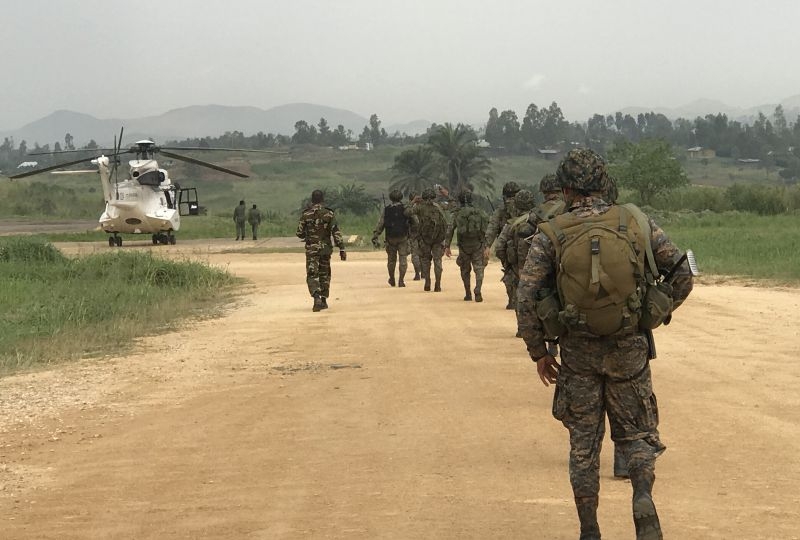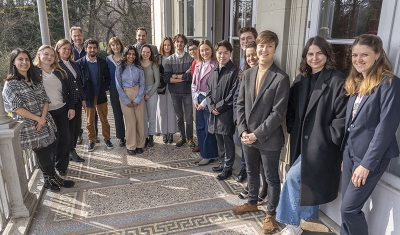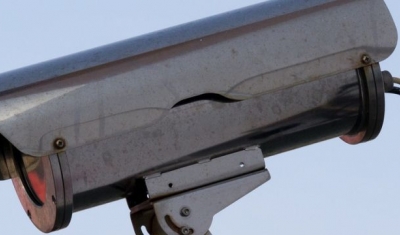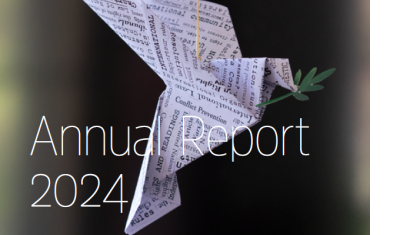CODECO is a coalition of militia founded in the 1970s as a Lendu agricultural cooperative and operating in Ituri. The group actively participated in the so-called Ituri War, which took place between 1999 and 2003.
At the end of the war, the group did not completely dissolve and stockpiled the weapons used during this conflict in a number of communities. In 2018, CODECO started engaging in armed attacks again with the objective of defending the Lendu population against the Hema.
Currently led by Justin Ngudjolo, it uses the Wago forest as a training base. The total number of its members amounts to approximately 2,350 fighters.
‘The steady increase of the armed violence between CODECO and the FARDC since 2018, as well as the group’s capacity to coordinate attacks and engage in negotiations with the government allow us to classify the situation as a NIAC’ says Dr Redaelli.


